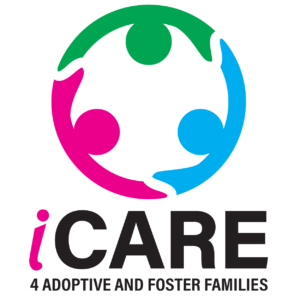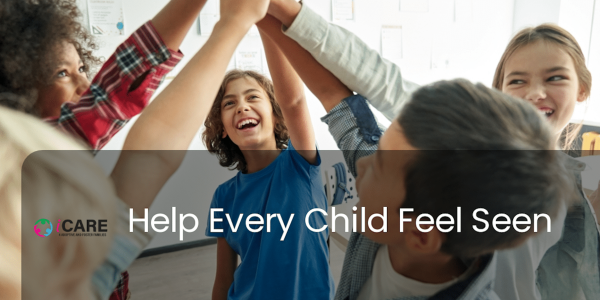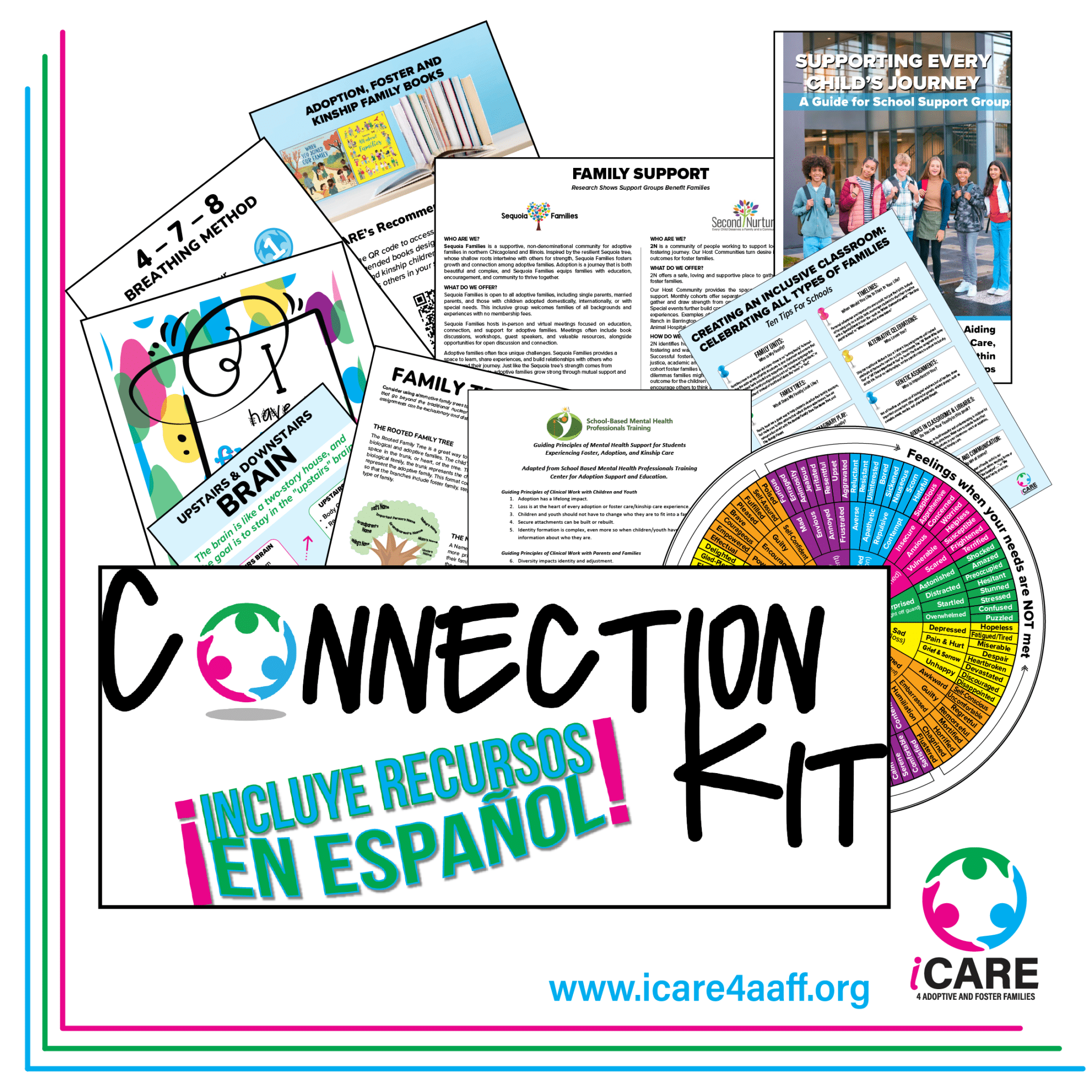What Parents Need to Know to Support Their Kids

Adoption is often seen as a beautiful story of new beginnings, but the journey actually begins with loss. For many children, adoption or foster care means saying goodbye to their birth family, their sense of home, and sometimes even their identity. While these losses are not immediately visible, they remain deeply felt, shaping how children see themselves and the world around them.
The reality is that many adoptive and foster parents enter this journey without fully understanding the grief their child may carry. Well-meaning advice often suggests that love and a stable home will “heal” the child’s past—but grief, particularly when tied to trauma, doesn’t just disappear. It’s not something that gets “fixed” with time; it needs to be acknowledged, understood, and supported.
Two Types of Grief in Adoption That Are Often Overlooked
One form of grief that many children experience is ambiguous loss. This is the grief of losing something without closure—such as the loss of their birth family or familiar surroundings—without a clear, definitive ending. It leaves children in emotional limbo, struggling to process what they’ve lost and how to move forward.
Another form is disenfranchised grief, the grief that society may not always recognize. When children lose their birth family or experience multiple placements in foster care, their grief can be misunderstood or dismissed by others, leaving them feeling isolated and unseen.
Grief is a Lifelong Journey, Not a “Phase”
Grief isn’t something that just happens and then fades away—it’s a lifelong process that evolves over time. As children grow and mature, their understanding of their loss deepens. There may be moments when grief resurfaces, such as during significant milestones, like a school event where other kids have their birth parents present, or during the teenage years when identity is being shaped.
Parents who are unprepared for these waves of grief may feel caught off guard, but it’s important to remember that grief doesn’t need to be “fixed.” What children need is for their grief to be acknowledged, validated, and supported.
Why Parents Need Better Tools and Training
Too often, adoptive and foster parents are given vague, reassuring advice but lack the concrete tools they need to help their children process grief. While it’s important to focus on the future, ignoring the past doesn’t allow children to heal. Instead, parents need straightforward resources that address the specific grief their child may be experiencing, such as ambiguous loss and disenfranchised grief.
When parents have the knowledge and tools to recognize and support their child’s grief, they can offer the understanding and compassion that make a true difference in their child’s healing process
The Bottom Line
Adoption and foster care are complex, layered journeys filled with both joy and loss. By acknowledging the reality of grief early on, parents can be better prepared to walk alongside their children with empathy and understanding. Grief is not something to be feared; it’s a part of the story. When parents face it with openness, they create a foundation for lasting love, healing, and resilience.
Let’s stop pretending that grief doesn’t exist in adoption and foster care. By giving families the tools to address and support grief head-on, we help children heal, thrive, and grow into their full potential. Because when we face the hard stuff together, that’s when the real healing begins.


